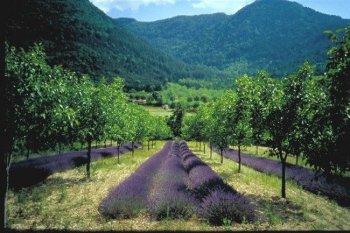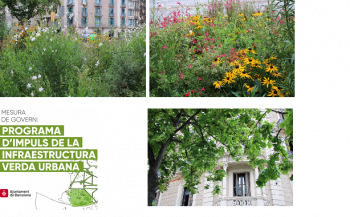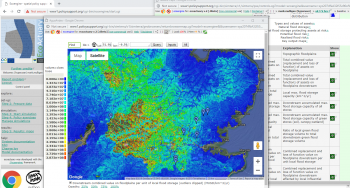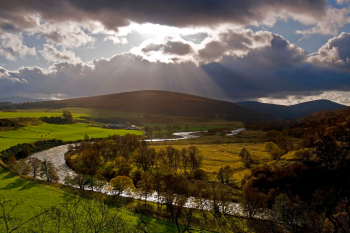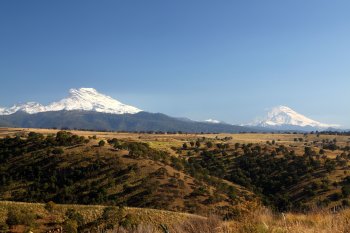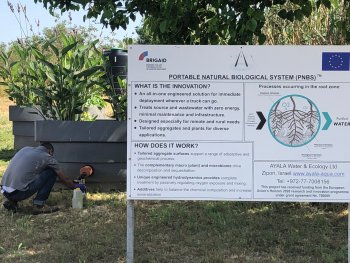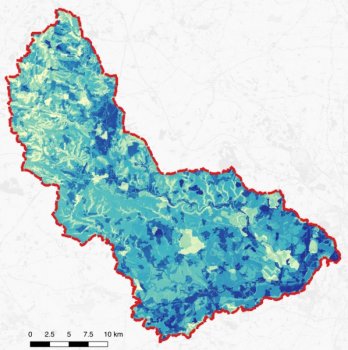Montpellier, France: Agroforestry: Agriculture of the future? The case of Montpellier
The objective is to make the Montpellier agricultural systems more resilient to the effects of climate change, such as increasing temperatures or droughts, water and biotic stresses and more extreme events.
Main benefits can be summarized as follow:
INRA (Institut Nantional de la Recherche Agronomique) researchers showed that the production from one hectare of a walnut/wheat mix is the same as for 1.4 hectares with trees and crops separated. This was a 40% increase in productivity, far better than any other innovation introduced by agronomists in the recent past.
...

